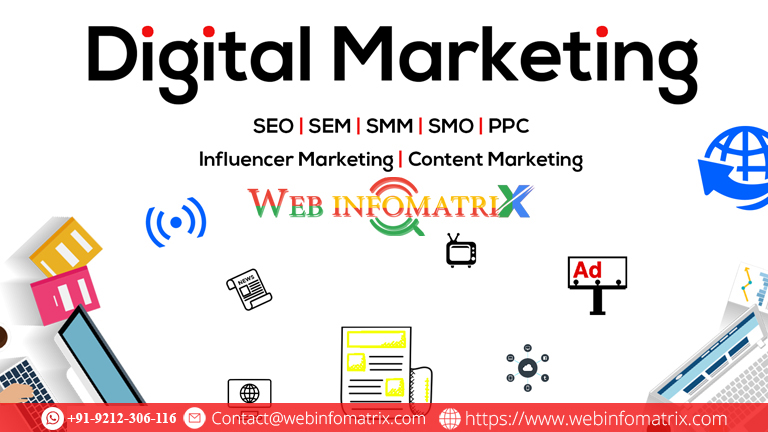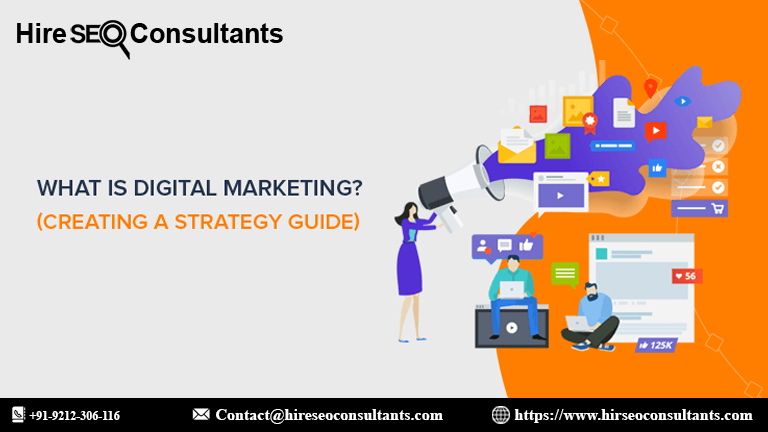Engaging with high-level decision makers and C-level executives is crucial for any business aiming to close major deals or forge strategic partnerships. These individuals hold the power to make significant decisions that can impact the future of a company. Understanding how to effectively communicate and engage with them is key to achieving successful outcomes in your business endeavors.
Building Strong Relationships
To build a strong relationship with high-level decision makers, it's essential to establish trust and credibility from the outset. This can be achieved by demonstrating a deep understanding of their business challenges and offering solutions that are both innovative and practical. Make sure to do thorough research on their company, industry trends, and the specific pain points they are facing.
Personalizing Your Approach
Personalization is a powerful tool when dealing with C-level executives. Tailor your communication to address their specific needs and concerns. This could involve referencing recent company news, industry developments, or even personal interests that align with their values. By demonstrating that you have taken the time to understand their unique situation, you are more likely to capture their attention and interest.
Effective Communication Strategies
Being Concise and Direct
High-level decision makers often have limited time, so it's crucial to be concise and direct in your communication. Avoid jargon and overly technical language that might obscure your message. Instead, focus on delivering clear, impactful statements that highlight the key benefits and value of your proposal.
Using Data-Driven Insights
Decision makers rely heavily on data to guide their choices. Incorporate data-driven insights into your presentations and discussions to support your proposals. This could include market research, case studies, or performance metrics that demonstrate the potential impact of your solutions. Presenting concrete data helps to build credibility and strengthens your case.
Building a Strong Business Case
Highlighting ROI and Business Impact
When presenting your ideas to C-level executives, emphasize the return on investment (ROI) and overall business impact. Decision makers are primarily concerned with how your proposal will affect their bottom line. Clearly articulate the financial benefits, operational efficiencies, or strategic advantages that your solution offers.
Addressing Potential Concerns
Anticipate and address any potential concerns or objections that decision makers might have. This could involve discussing potential risks, outlining mitigation strategies, or providing evidence of successful implementations in similar scenarios. By proactively addressing these concerns, you demonstrate preparedness and build confidence in your proposal.
Fostering Collaboration and Engagement
Encouraging Open Dialogue
Encourage open dialogue and active participation from high-level decision makers. Create opportunities for them to ask questions, provide feedback, and share their perspectives. This collaborative approach fosters a sense of ownership and commitment to the proposed solution, making it more likely to gain their support.
Building Long-Term Relationships
Focus on building long-term relationships rather than just closing a single deal. Stay engaged with decision makers through regular follow-ups, updates on industry trends, and continued support. By maintaining a positive and proactive relationship, you increase the likelihood of future collaborations and referrals.
Leveraging Networking Opportunities
Attending Industry Events
Industry events and conferences provide valuable opportunities to connect with high-level decision makers. Participate in relevant events to network with key players in your industry. Be prepared with a clear elevator pitch and a solid understanding of the event's key topics to maximize your networking efforts.
Utilizing Social Media
Social media platforms, particularly LinkedIn, are powerful tools for engaging with C-level executives. Share valuable content, engage in relevant discussions, and connect with decision makers through personalized messages. By showcasing your expertise and thought leadership, you can attract the attention of high-level decision makers and build valuable connections.
Navigating Organizational Dynamics
Understanding Decision-Making Processes
Different organizations have varying decision-making processes. Gain a thorough understanding of how decisions are made within the target company. This might involve identifying key influencers, understanding the approval hierarchy, and recognizing the factors that drive decision-making.
Aligning with Company Goals
Ensure that your proposals align with the company's overall goals and strategic objectives. Demonstrating how your solution supports their long-term vision and strategic initiatives increases the likelihood of gaining buy-in from decision makers.
Adapting to Different Communication Styles
Recognizing Communication Preferences
C-level executives may have different communication preferences, whether they prefer emails, phone calls, or in-person meetings. Pay attention to their preferred methods of communication and adapt your approach accordingly. Being flexible and accommodating to their preferences helps build rapport and facilitates more effective interactions.
Adjusting to Corporate Culture
Every organization has its own corporate culture, which can influence communication styles and decision-making processes. Familiarize yourself with the company's culture to ensure that your interactions are respectful and aligned with their values. Adapting to their culture demonstrates sensitivity and enhances your ability to connect with decision makers.
Measuring Success and Continuous Improvement
Evaluating Engagement Effectiveness
Regularly assess the effectiveness of your engagement strategies with high-level decision makers. Gather feedback, analyze outcomes, and identify areas for improvement. By continuously refining your approach based on real-world experiences, you enhance your ability to successfully engage with C-level executives.
Staying Updated on Industry Trends
Stay informed about industry trends and developments to maintain relevance in your interactions with decision makers. Share insights and updates that are pertinent to their business challenges and opportunities. Demonstrating industry knowledge and staying current with trends positions you as a valuable resource and partner.
Dealing with high-level decision makers and C-level executives requires a strategic and thoughtful approach. By building strong relationships, employing effective communication strategies, and understanding organizational dynamics, you can enhance your interactions with these influential individuals. Remember to stay adaptable, data-driven, and focused on long-term collaboration to achieve successful outcomes in your business endeavors.
















